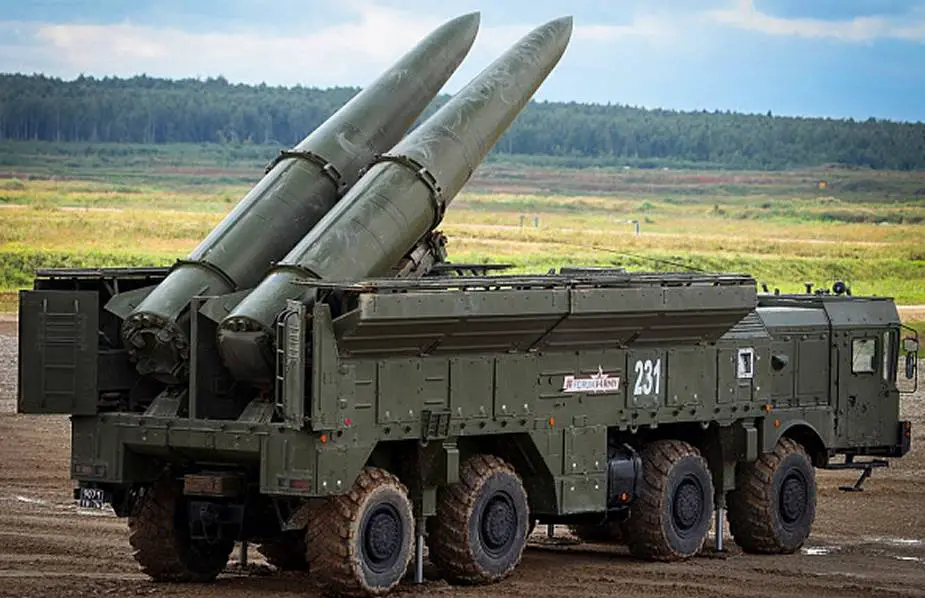New Iskander missile brigade to be created in Russian Eastern military district
The Russian Defense Ministry (MoD) plans to create a new brigade to deploy Iskander-M missile systems within the Eastern military district. These cruise and ballistic missiles have a range inferior to 500 km. It is said that this plan is a response to the U.S. and Japan military strengthening in the area.
Follow Army Recognition on Google News at this link

The Iskander family includes five types of ballistic and two types of cruise missiles (Picture source: Russian MoD)
If such a fundamental decision is made, the new military unit will appear before the end of 2022. At the end of December 2021, the commander of the Eastern Military District (VVO), Colonel-General Alexander Chaiko, claimed that, in 2022, the district would also receive long-range Tornado-S multiple launch rocket systems, Mi-28NM attack helicopters, and fifth-generation Su-57 fighters. According to him, this would bring the share of modern weapons in the Far East to 56%.
The VVO will not be the only recipient of Iskander missiles this year. On January 24, the commander of the Central Military District, Colonel-General Alexander Lapin, announced the district would be reinforced with two divisions of such missiles in 2022.
In January 2019, the Russian MoD officially presented the 9M729 cruise missile as the new Iskander-M having increased power but keeping the range of 480 km only to fit the INF (Intermediate Nuclear Force) Treaty restrictions. A launcher was specially developed for the new missile to accommodate not two, like conventional Iskander-M systems, but four missiles.
In November 2019, the MoD announced the completion of the rearmament of the army missile brigades. The troops received the Iskander-M instead of the obsolete Tochka-U systems. The Iskander-M has been developed by the KBM Design bureau based in Kolomna near Moscow, High-Precision Weapons (HPW) holding subsidiary.
The Iskander family includes five types of ballistic and two types of cruise missiles. The first ones quickly gain a height of several tens of kilometers to fall on the target almost vertically, while performing maneuvers. In the final section of the flight, their approach a hypersonic speed. All this makes it difficult for their warheads to be intercepted by anti-missile defense systems. Cruise missiles approach the target at an extremely low altitude, which impedes their detection and destruction by traditional air defense systems. The combination of two such different types of missiles makes defending against Iskander brigades a practically difficult task.


























